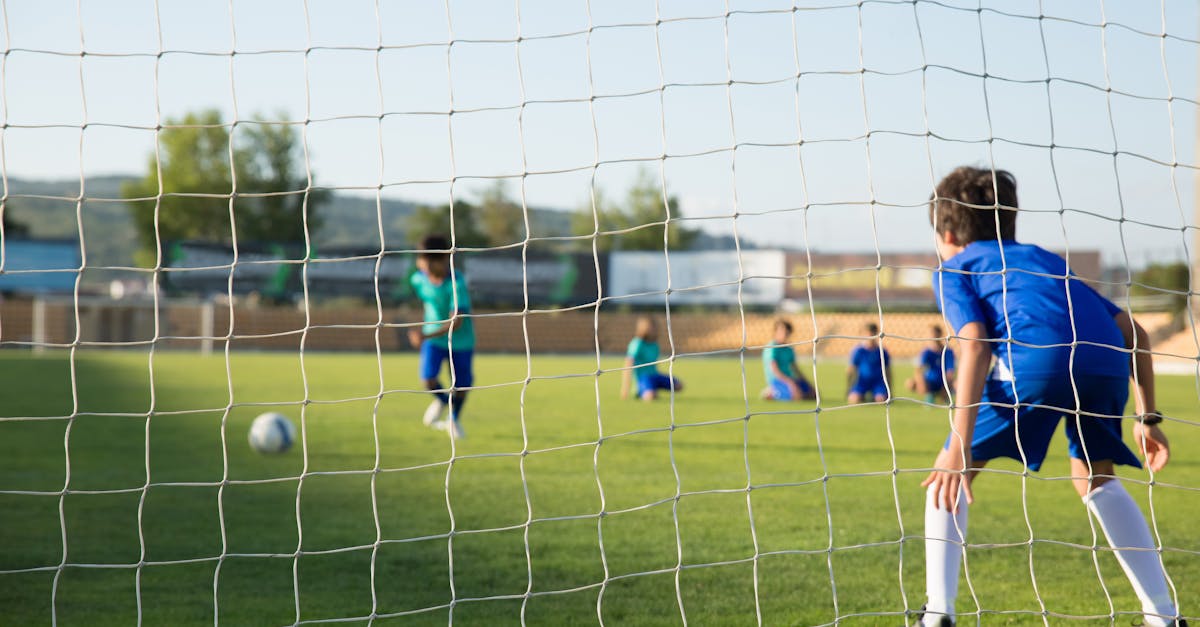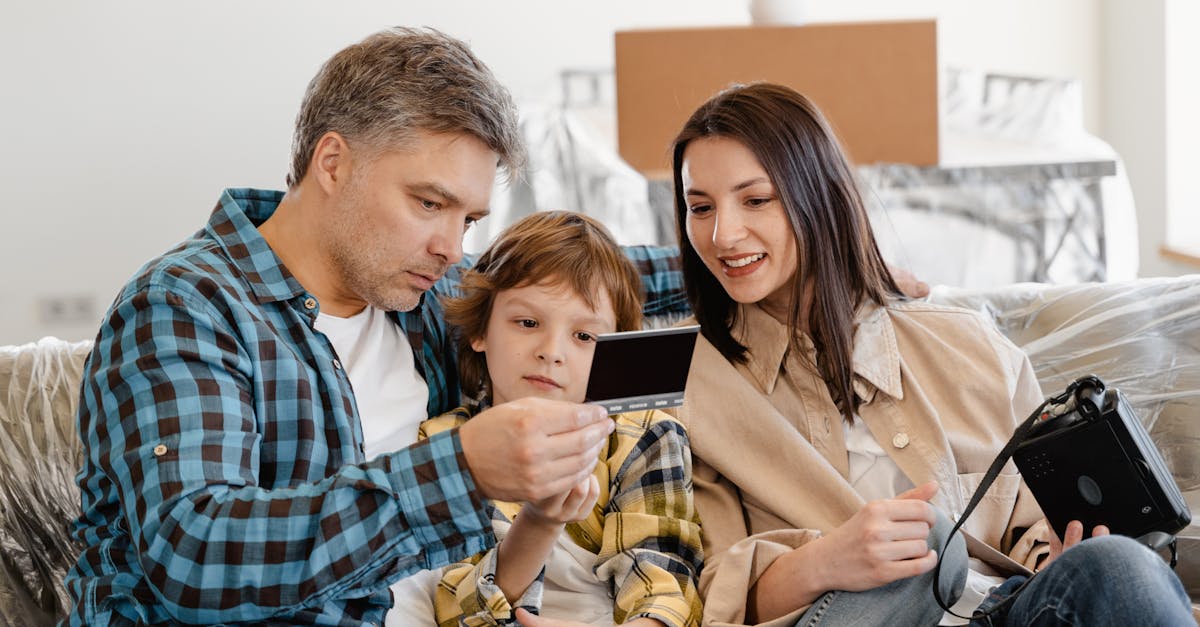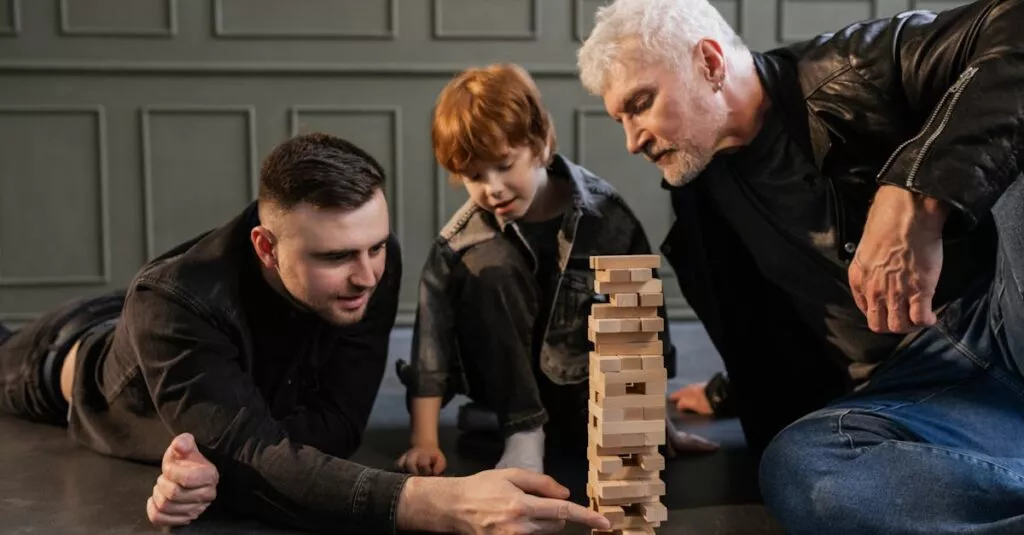Finding the Right Balance
Finding the right balance between educational screen time and physical play is crucial for our kids’ overall development. It’s easy to overdo screen time, especially with so many high-quality educational resources available. But remember, nothing beats the benefits of physical play! Think of it like balancing ice cream and broccoli in your diet – both have their place. Balance is key to ensuring that your child gets the best of both worlds. It’s not about cutting out screen time entirely, but ensuring that there’s enough room for active play.

Incorporating Physical Play
The physical play is not only vital for physical health but also for cognitive development. When kids run, jump, and play, their brains release endorphins that help them feel happy and stay engaged.
To make physical play more appealing, try to participate too! Whether it’s a game of tag in the park or a fun dance-off at home, your involvement makes it more enjoyable for your child. Remember, kids naturally look up to you, so if they see you having fun being active, they’ll want to join in the fun.

Physical activities not only keep kids healthy but also foster their cognitive skills and creativity. Encouraging playtime can lead to stronger bonds between you and your child while promoting their overall well-being.
Understanding Emotional Challenges
Emotional challenges can arise when balancing screen time and physical play. Kids might prefer screen-based activities because they are engaging and often less mentally taxing. However, too much screen time can lead to irritability and mood swings. It’s important to recognize these signs and take action.
My own little advice here: Pay attention to changes in behavior after screen time. If you notice increased crankiness, it might be time to switch gears. Making the transition smooth can often be as simple as a gentle reminder that physical play is fun and important.

It’s crucial to strike a balance between screen time and physical play to ensure the well-being and emotional stability of children.
Practical Screen Time Tips
Here are some practical tips to balance screen time:
- Set clear boundaries and be consistent. Perhaps screen time is allowed after homework but limited to one hour.
- Use apps that track screen usage to stay on top of it.
- Create ‘tech-free’ zones and times in your house. For example, no screens during meals or before bed.
This helps to establish a routine and diminish the constant pull of gadgets. I found that a visual schedule works wonders, with specific times earmarked for different activities. This keeps expectations clear for all.

Encouraging Family Interaction
Encouraging family interaction is a great way to reduce excessive screen time. Plan weekend activities like biking, hiking, or board game nights. These activities not only reduce screen time but also strengthen family bonds. The key here is to make these interactions enjoyable and stress-free.
Share your favorite childhood games with your kids; they’ll not only find them fun but also cherish the chance to connect with you on a deeper level.
Remember, the more fun and engaging the activity, the less likely they are to miss their screens.

Creating a Healthy Routine
Creating a healthy routine involves mixing educational screen time with plenty of physical play. Develop a daily schedule that includes both screen-based learning and physical activity.
For instance, after a 30-minute educational video, have a 30-minute break for backyard play. Incorporate a variety of activities to keep things interesting. My own trick: I use a reward system where extra physical play earns bonus screen time for later. This way, my kids are motivated to stay active, knowing that their favorite shows or games are still part of the day.

